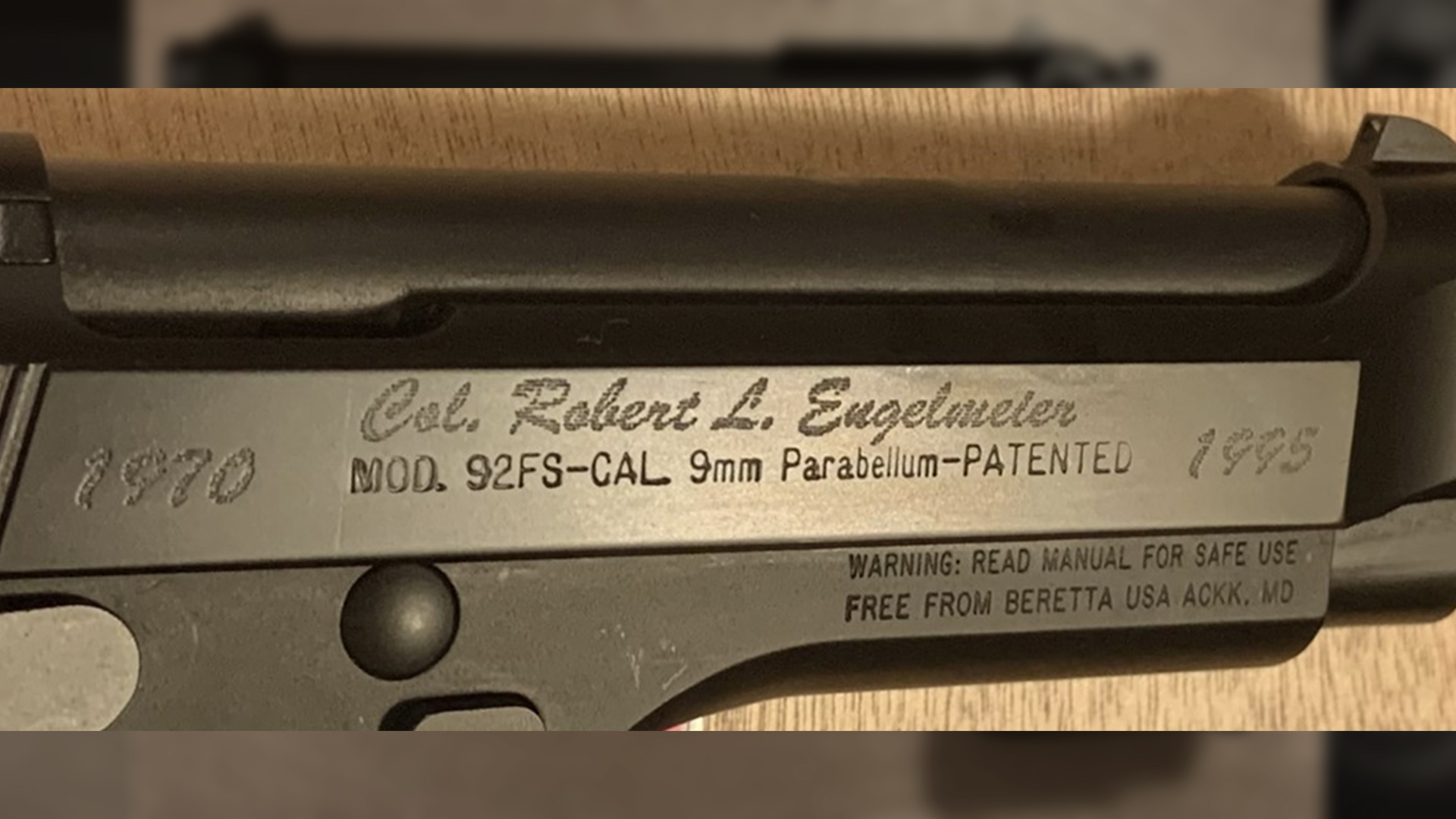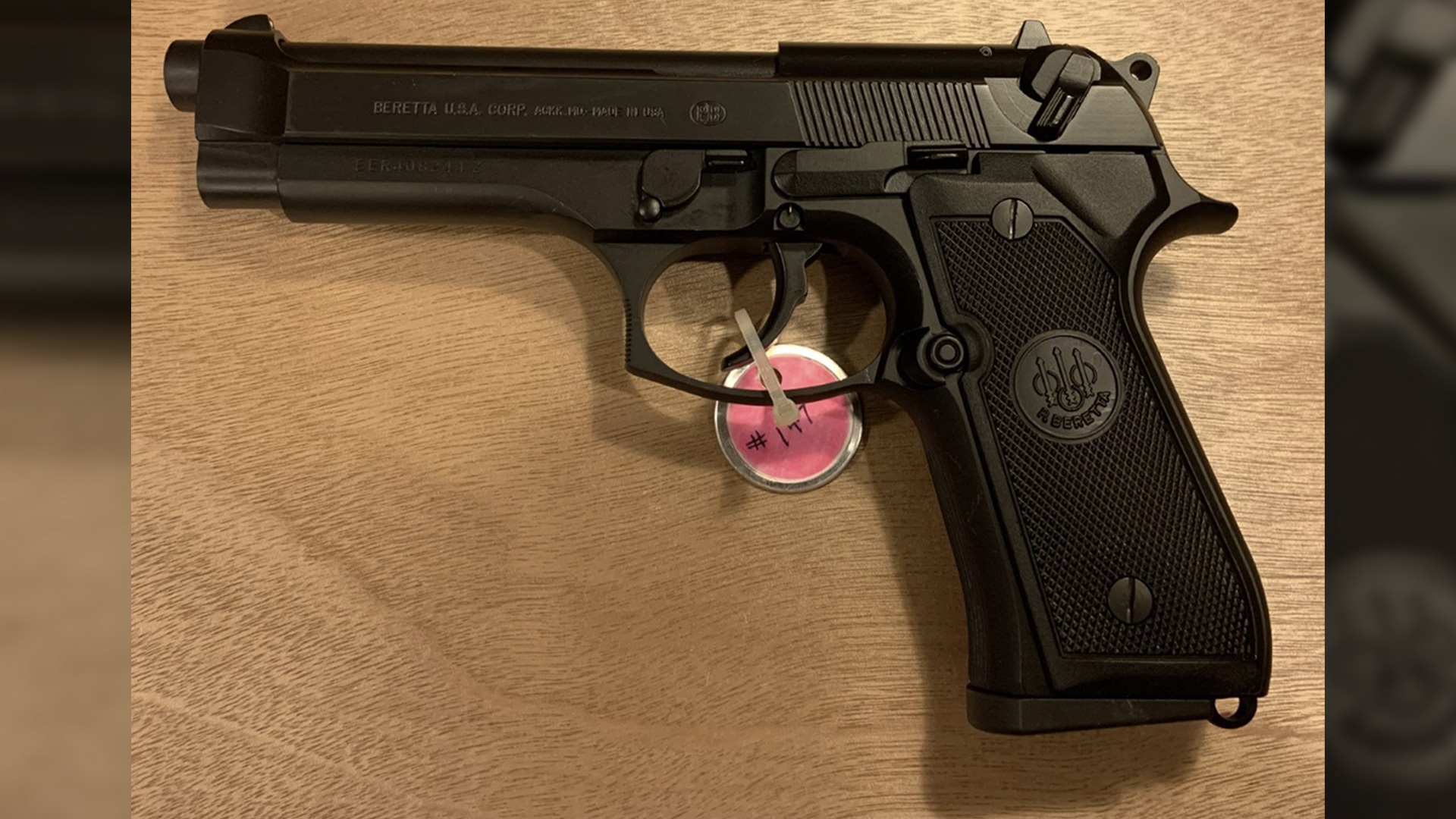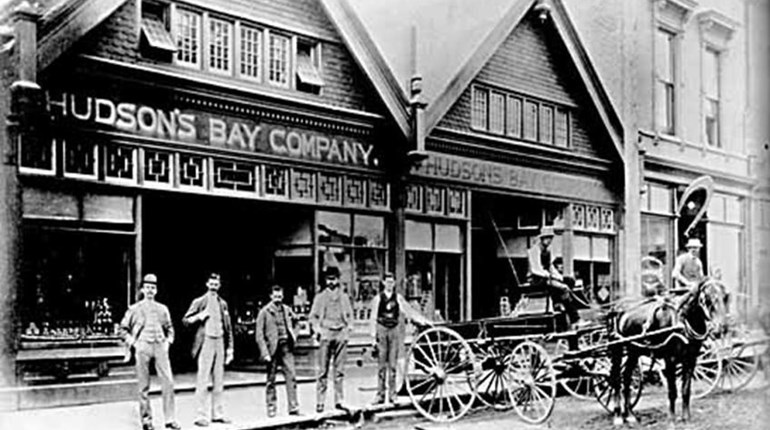
A member of the Air Force Pistol Marksmanship Team in the late 1980s and early 1990s, Dr. Robert “Doc” Engelmeier of Pittsburgh, Pa., documented his excursions, including at the National Matches. Read the latest excerpt from Dr. Engelmeier’s memoire below. Also, don’t forget to read the first, second and third installments if you haven't already. (Article via CMP.)
ANOTHER MOVE, AND LEGENDARY GUNSMITHS
In 1991, I was transferred to Wilford Hall USAF Medical Center in San Antonio, Texas, where I spent the final four years of my career. Two of those years I spent chairing the Prosthodontic Department and directing the residency there. I spent my final year directing the Maxillofacial Fellowship.
Because of my assignment responsibilities, my unit commander was not at all supportive of my marksmanship efforts. To participate in any events, I had to use annual leave days and pay all travel and per diem expenses out of pocket. Consequently, I was only able to participate in weekend Regional matches close to home and at Camp Perry.

Team members usually traveled to these matches from Lackland AFB via 12-passenger Dodge vans. A tremendous benefit was bestowed upon the team in 1991. Colonel Richards was able to appropriate funds to build a magnificent range solely for team use at the Medina Annex Base adjacent to Lackland AFB. It had excellent covered benches and turning targets on both the 50- and 25-yard firing points. This consolidated the team’s range, ammunition storage bunker and gunsmith shop at Lackland where it all began years ago.
Ralph Talbot continued as coach and was finally able to conduct the annual training camp at the team’s exclusive home. Master Sgt. Gary Foster, the team NCOIC (team manager) also served his final Air Force assignment as a heavy weapons instructor at Lackland AFB. During those days, he and I were able to practice daily after we finished our workday. We had plenty of issued ammunition and our private team range. Life was good.
During my final USAF assignment in San Antonio, I had the opportunity to interact with some of the finest gunsmiths in the United States. In addition to Ace Hindman, I also visited Bob Day, the original master gunsmith who headed the Lackland AFB gunsmith shop, at his personal shop that he had opened near the base after his retirement.
Another legendary gunsmith was Tommy Krcmar who ran the gunsmith shop during the 1980s and 1990s. Tommy was internationally known and had been selected by the U.S. Olympic Committee to be their shotgun team’s gunsmith for three of the Olympic Games.
Tommy built a custom Model 1911 for General LeMay that served as the prototype for the concealed carry guns of the USAF OSI. A 1982 article by J.B. Roberts is a great tribute to Tommy and that project. Approximately 2,500 of these downsized guns were produced for the OSI prior to the Air Force switch to the 9 mm Model 92 Beretta.
Another nationally acclaimed San Antonio gunsmith was Alex Hamilton. Among other things, he performed some remarkable restoration work for me on some old, collectable Colt pistols. Finally, I met Alan Aronstein on Commercial Row at Camp Perry. During the 1960s he had worked for Hi-Standard in Connecticut prior to the factory being shut down. He eventually managed to purchase the company name, patents and the remains of the company inventory in the early 1990s and reopened a factory in Houston, Texas.
He performed a complete restoration of my .22 caliber competition Supermatic Citation purchased in Pittsburgh in 1967. I did replace the barrel twice over the years, but Alan did a very comprehensive restoration including a signed factory “test target” upon delivery.

MAKING NATIONAL MATCHES HISTORY
Because of my demanding schedule at Wilford Hall Medical Center, I was only available for local and regional Texas Matches and the National Matches at Camp Perry during my final four years with the team. Throughout my tenure with the team, we had some talented marksmen join the program.
Thanks to our coach, gunsmith support, ammo rations, spectacular range and dedication of those new shooters, all members developed exponentially. All from that period became Distinguished Marksmen, some became 2600 scorers. And, finally, we began to win some of the national trophies.
The apex of my shooting career came in 1992 at Camp Perry. Weather conditions that year had been windy with intermittent rain. The last two matches of the week were the NTI (National Trophy Individual Match) and the NTT (National Trophy Team Match).
The Air Force and CMP awarded the General Curtis LeMay trophy to the highest scoring all-Air Force member (active, reserve and Air National Guard) in the NTI match, and awarded the General Carl Spaatz trophy to the highest scoring all Air Force member (active, reserve and Air National Guard) in the NTT match.
The two matches were both fired on July 23, 1992. Conditions were so poor that I harbored no expectations of shooting well. I simply relaxed and just tried to enjoy shooting. My first shot in the NTI was a 10, while spotting that shot through the scope mounted on my gun box, I saw a bullet fired by the competitor to my left hit the six-ring on my target. He immediately realized his mistake and apologized.
However, the rules were clear. His score was the sum of the nine shots on his target. My score would be the lowest 10 of the 11 shots on my target—or, I had the opportunity to refire the target but could not get credit for a score greater than the sum of the highest 10 shots on my original target.
I decided to “go-for-broke” and refired the target. Weather conditions continued to get worse. It was very difficult trying to steady my shooting arm in that wind. I didn’t even spot my shots during my refire. I was remarkably relaxed because there was no hope of winning anything. My top 10 shots on the original target scored 280-6X.
My refire target, remarkably, was four points higher, so I was allowed credit for my original 280-6X score. Much to my surprise, I won the General LeMay trophy.
At the time, I had never heard of the General LeMay trophy. Later I was informed that I was the first active-duty Air Force member to ever win that trophy since its creation in June 1985. I was not made aware of my victory until the annual awards ceremony later that evening.
Weather conditions were about the same for the NTT match. In spite of the wind and rain, the team members all shot strong. My final score was 282-11X. That was not my best ever hardball score but one that was satisfactory considering the elements. Once again, I was surprised later at the awards ceremony to hear that I had also won the General Carl Spaatz trophy.
That trophy had been created in 1961 when the original legendary Air Force team had just been established. Both national trophies were won with my “Magic Ball Gun” built by Bill Moore at the Lackland AFB Gunsmith Shop during my first year with the team. Thanks to Bill’s masterful touch, all of my significant wins were with that pistol.
Though I had good 1993 and 1994 seasons, including the competition at Camp Perry, I had no significant wins as I had accomplished in 1992. I did place in the Texas Governor’s Twenty both of those years and won that contest in 1994. My greatest satisfaction those two seasons was being captain of such a rapidly developing outstanding team.

I succeeded in getting the National Rifle Association to return the criteria for awarding of the General Nathan Twinning Trophy back to the original, which was established in 1955 when the Air Force created and donated that National Trophy to the NRA.
It was originally intended to be awarded to the highest scoring Air Force officer or enlisted member in individual pistol competition at the National Matches. The trophy was not awarded in 1968 through 1970 because the Air Force Team had been disbanded. As a result, the NRA changed the award criteria in 1971.
Following that change, no Air Force member won the trophy from 1971 through 1994. Based on the rapidly rising success of our resurrected team, I convinced the NRA to reverse their 1971 decision and return the trophy to its original intent. In 1995, our top shooter, Jim-Bob McCarty was the first Air Force member to take the Twinning trophy back.
Since then, team shooters from our era have consistently recaptured the Twinning Trophy.
- 1995- Jim-Bob McCarty: 2616-108X
- 1996- Don Shea: 2620-117X
- 1997- Joe Chang: 2621-112X
- 1998- Jim-Bob McCarty: 2607-111X
- 1999- Joe Chang: 2611-117X
Our team era wins of the General Carl Spaatz Trophy.
- 1992- Doc Engelmeier: 282-11X
- 1994- Jim-Bob McCarty: 278-5X
- 1998- Jim-Bob McCarty: 277-5X
- 1999- Joe Chang: 282-5X
Our team era wins of the General Curtis LeMay Trophy.
- 1992- Doc Engelmeier: 280-6X
- 1994- Don Shea: 277-11X
- 1995- Don Shea: 282-11X
- 1996- Doc Bill Snearly: 272-7X
- 1998- Ed Hall: 276-6X
In addition to strong performance at the National Matches, team members continued to place in the President’s Hundred and excel in state and regional competitions. Though the Air Force provided outstanding gunsmith support, generous ammunition rations, coaching and adequate TDY funds for the big events, the team’s consistently improving performance ultimately resulted from each member’s training. That training and local competitions were absolutely carried out on each individual’s personal time and expense.
I will always be particularly proud to have been captain of a team of such dedicated athletes. Without a doubt, the hardest working member of the team was the NCOIC Gary Foster. He was the unsung hero who saw to the day-to-day responsibilities of handling ammunition storage and distribution, as well as serving as liaison between the team and the gunsmith shop. Gary played a key role in the team’s range development and maintenance. He was also saddled with vehicle acquisition for group travel to major events and billeting once the team arrived there. Often these were time consuming, thankless jobs which again were accomplished on his own time.

INJURY, AND THE END OF AN ERA
My last year to compete at Camp Perry was 1994. That year we changed our competition uniform from our “golf” shirts to the issued Battle Dress Uniform (BDUs). Our team logo was also changed that year to a subdued version. The Team cap remained unchanged.
Another unsung team hero was Ed Hall. He won the LeMay trophy in 1998 and eventually became the team’s coach. His most invaluable team contribution was the development of an absolutely outstanding team website. It had to take hours of effort to research and record all the history and information recorded there.
I was unable to compete at all during the 1995 season due to a severe injury to my right shooting arm. One Fall evening, I was helping Gary unload and store a large hardball shipment that had arrived that day. We had to carry those hermetically sealed, 55-pound cans into the team’s Medina Base bunker and stack them on the reenforced shelves therein. Towards the end of our task, I had misplaced a can that began to fall. My reaction was to thoughtlessly extend my right arm to catch it. That mistake tore my right biceps muscle from its insertion point on my forearm bone. The pain was excruciating, and I could not straighten my right arm.
I was taken to surgery the very next morning at Wilford Hall Medical Center for reattachment. I was in a splint and sling for what seemed like an eternity. Of course, that interfered with my clinical treatment of patients. It took nearly a year of physical therapy to regain strength and full use of that arm. By the time I was ready to restart my training, my retirement date was rapidly approaching.
Even though I was not fit to compete during the 1995 season, I was still kept on as the team captain and was able to fulfill the administrative duties that went with that position. I had originally intended serving on active duty with the Air Force until mandatory retirement after 30 years of service. In 1995, due to problems in my “soap opera” like family life, I was functioning as a single parent for a 2½-year-old grandson. He and I were very close and actually were each other’s only immediate family.
I was served with military orders to participate in a humanitarian deployment off the coast of Haiti. I genuinely wanted to participate in that mission but obviously could not take my grandson with me. So, regrettably, I turned in my intent to retire from the Air Force after nearly 24 years of active service.

My retirement ceremony outside Wilford Hall Medical Center, and the evening party that followed made that one of the greatest days that I have ever known. Air Force Dental and Shooting Team colleagues joined some of my family members and friends at an event that brought tears to my eyes. The crowning glory of the night was my joint retirement gift from the Dental Directorate and Air Force Shooting Team. It was a Beretta M-92 upon which Tommy Krcmar had engraved my name and service dates.
It is truly amazing that this incredible decade that was given to me all began with a brief article in an outdated “waiting room” magazine.

Learn more about the CMP at thecmp.org.


































